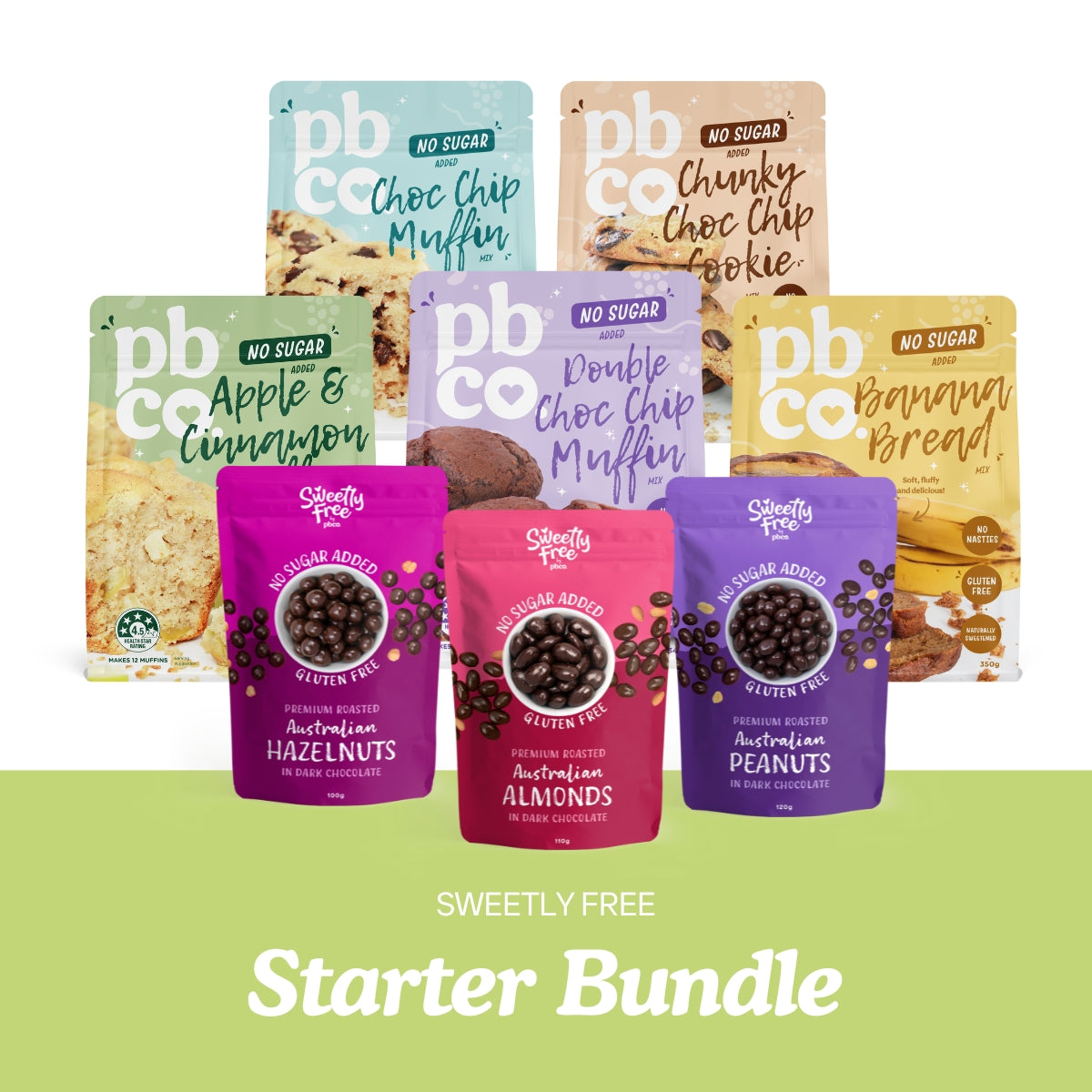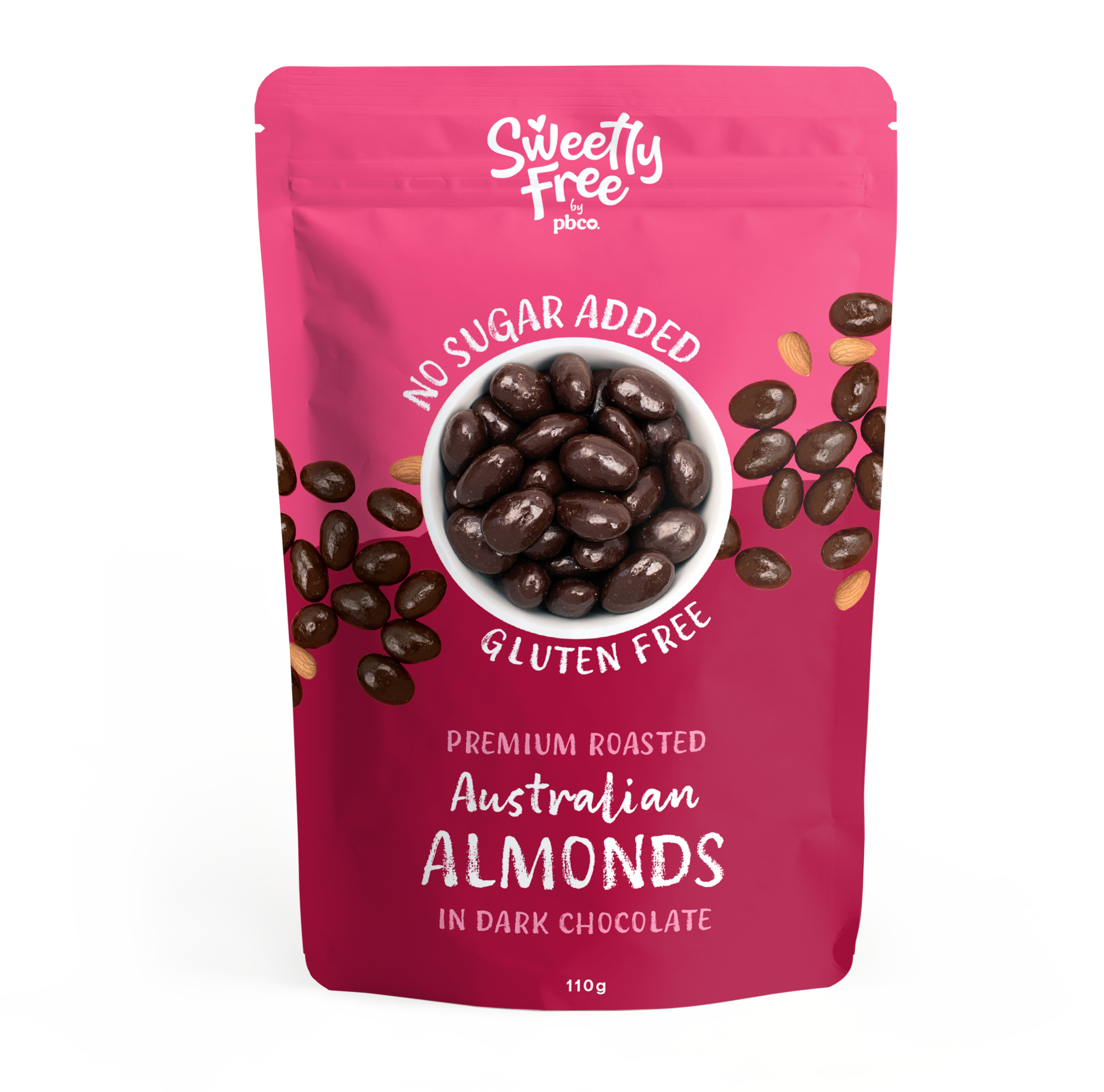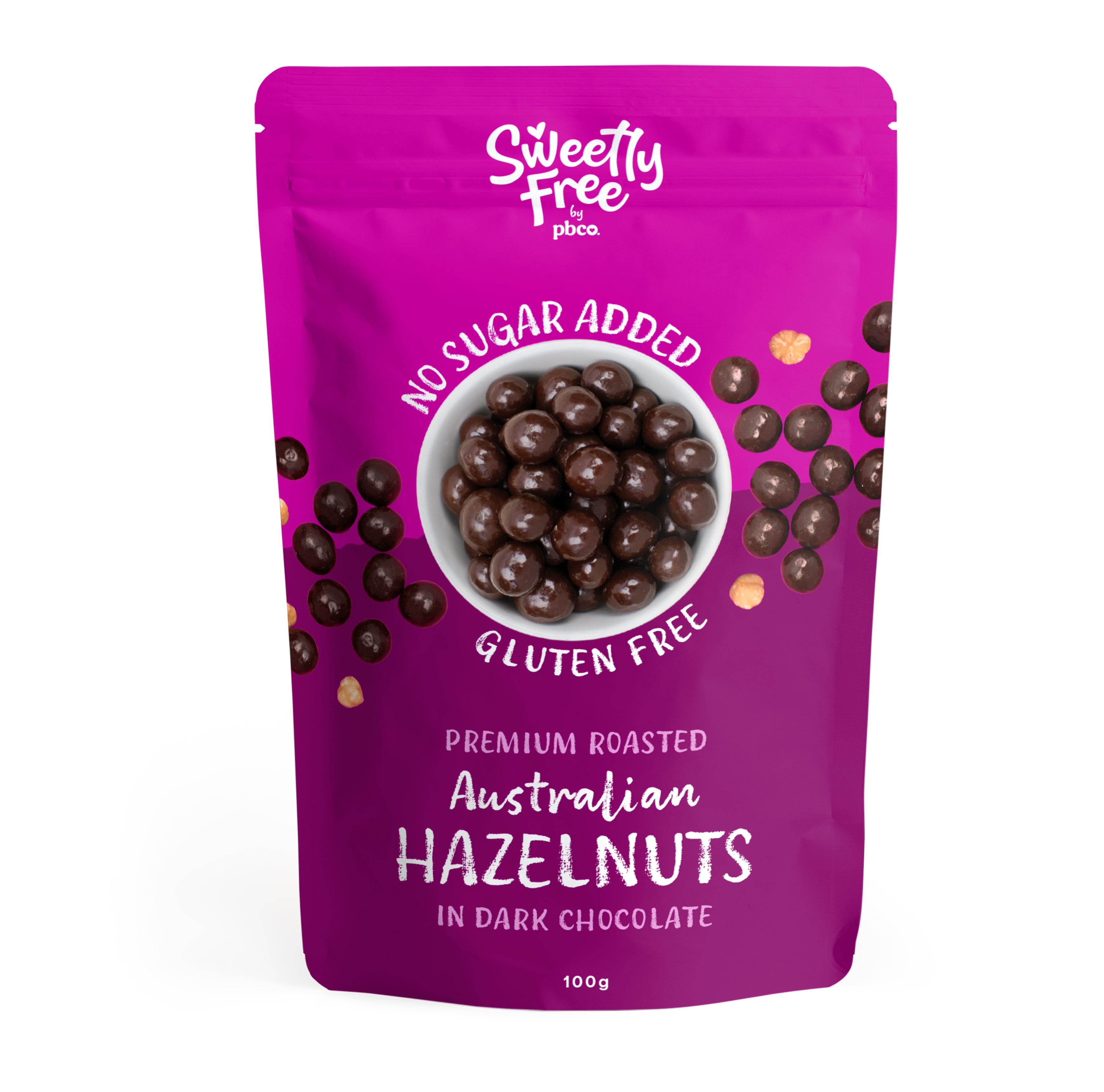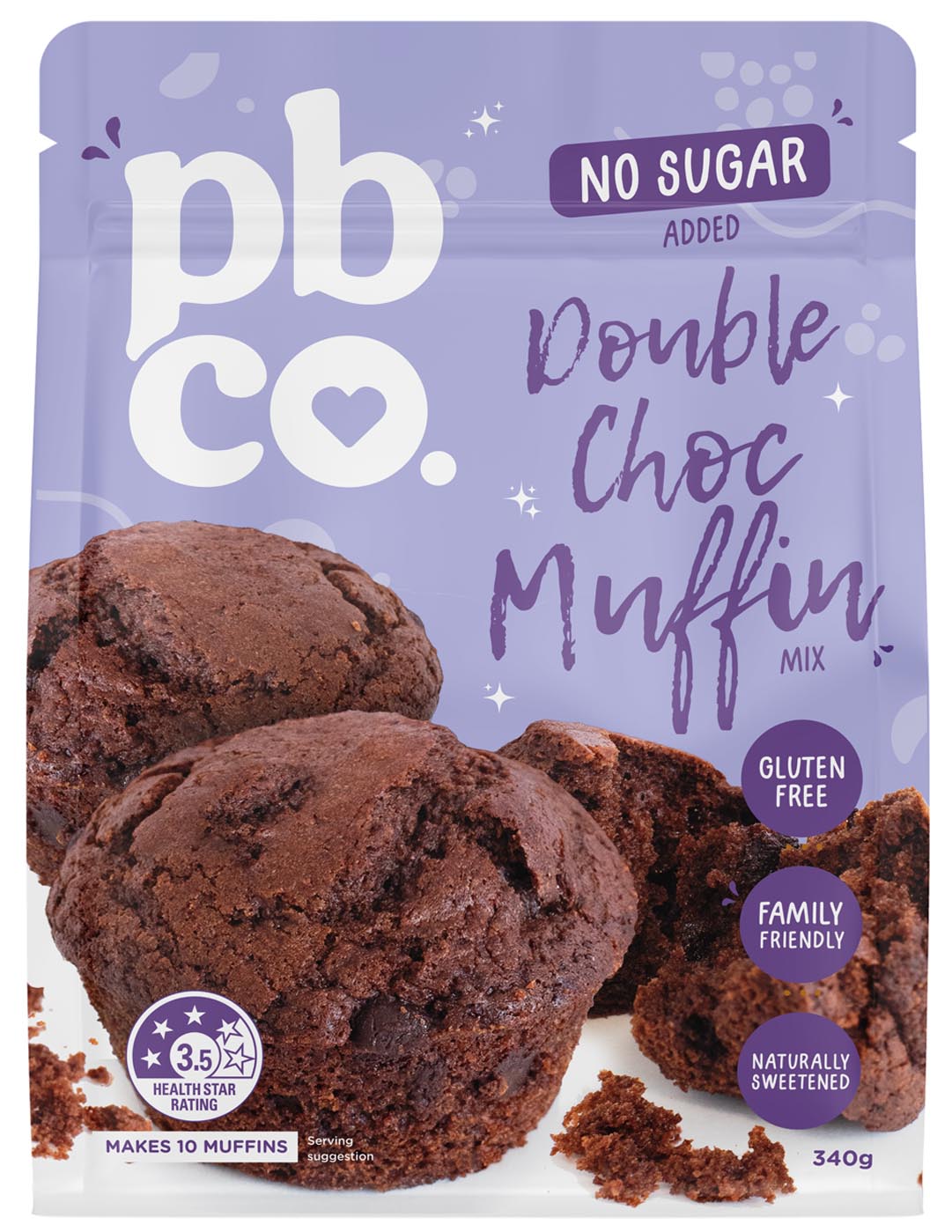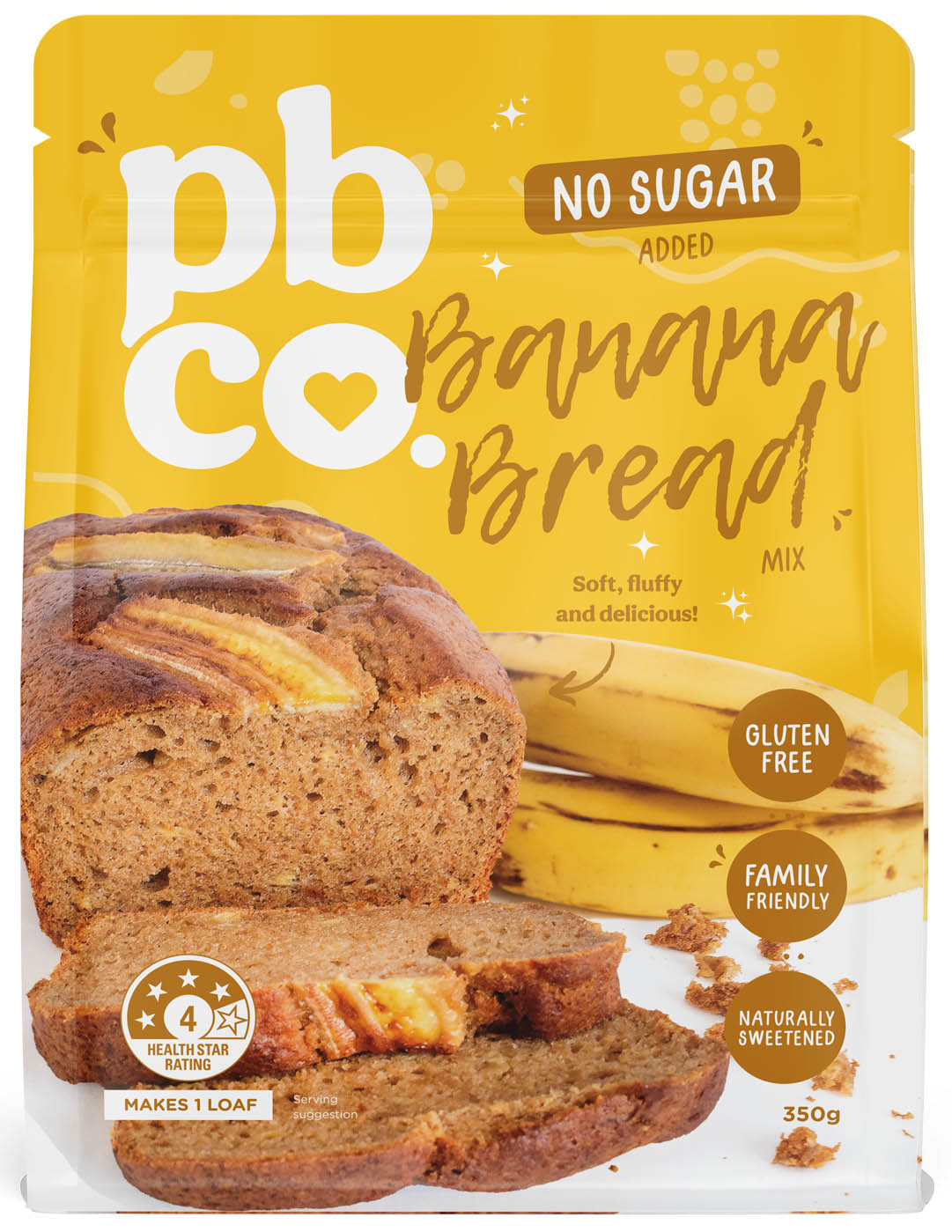We take a deep dive into the sweet stuff and explain how living without it is not as hard as you may think...
Why should I go sugar free?
In recent years, the impact of sugar on our health and modern diets has gained significant attention. It's no secret that excessive sugar consumption has been linked to serious health issues like diabetes and obesity, prompting many to rethink their sugar habits and strive for a sugar-free lifestyle.
The surprising truth is that sugar lurks in various processed foods beyond just decadent treats and desserts. Unveiling food labels, I was astonished to find sugar hidden in unexpected places like bread, chicken stock, pre-made salads, spice mixes, pickles, and even minced garlic!
Navigating a world filled with sugary temptations at every corner – from our kitchens to schools and offices – might seem like a challenge. But fear not, reducing your sugar intake is more achievable than you might think.

What is a sugar free lifestyle?
A sugar-free lifestyle is all about embracing clean, healthy, and real foods while avoiding packaged and processed options.
Now, before you picture a dull and restrictive diet, let's break free from the old-school notion of "a diet." We've all been there, imagining a monotonous routine of portion-controlled meals, bland grilled chicken, and steamed broccoli – not exactly inspiring, right? Well, fear not, because our sugar-free journey is far from that!
While some find it easier to eliminate sweets entirely, there's no need to bid farewell to indulgence if you still crave occasional treats. Switching to sugar-free alternatives can be a true game-changer.
In fact, avoiding sugar doesn't mean you miss out on all the good stuff! Gone are the days of sacrificing your favourite desserts and sweets. Today, going "sugar-free" is a journey that's more balanced and enjoyable than ever before.

Why is going sugar free important?
When we indulge in sugar, a series of reactions occur within our bodies. From the first bite, our brain is triggered, and the desire for more intensifies. We find ourselves tempted to go back for seconds and thirds, until the once-full packet is empty. At this point, our blood sugar levels spike, and our body responds by producing insulin.
Insulin's role is to regulate the excess glucose in our blood, aiming to stabilize sugar levels. However, consuming excessive sugar puts a strain on this process, forcing the pancreas to work harder to produce enough insulin to lower the elevated blood sugar. After this rollercoaster, our blood sugar levels eventually drop, sometimes leading to a feeling of low energy or even a sugar crash. Over time, this cycle can lead to insulin resistance, contributing to diabetic conditions and a range of other health problems.
But it's not just about the long-term health effects; the constant sugar highs and lows can leave us feeling drained and unwell. Who hasn't experienced that familiar afternoon slump around 3:30 pm, where a sweet snack seems like the only solution to power through the workday? Or the sugar rush after indulging in sugary treats, leaving us longing for a nap?
Considering these effects, it's worth asking ourselves: If we can enjoy the same sweet taste without subjecting our bodies to these rollercoasters, why not opt for the better, healthier option? Going sugar-free offers a pathway to sustained energy, improved well-being, and a more balanced relationship with food. Embracing this change can lead to a more vibrant and fulfilling life.

How do I make the switch to sugar free?
For some, the best approach to going sugar-free may involve reducing sweet foods and breaking the habit of seeking a constant 'sweet fix.' However, if you're someone who still wants the freedom to enjoy delicious treats, don't worry! There are fantastic options to replace sugar in your diet.
When I began my sugar-free journey and experienced the remarkable improvement in how I felt, turning down sugar-laden treats at the office became effortless. My well-meaning colleagues would pity me, assuming I was on a restrictive 'diet' and denied anything sweet. Little did they know how far from the truth that was!
On the contrary, I discovered sugar alternatives that didn't have the same detrimental effects on the body. This revelation allowed me to recreate many of my favorite indulgent treats, just in sugar-free versions!
Yes, you heard it right! It IS possible to feel great, reach your goals, and still enjoy the foods you love. No need for deprivation or worrying about falling off the wagon – this balanced approach makes it much easier to maintain in the long run.
Can I really still enjoy delicious treats without sugar?
YES! It is possible to treat yourself without sugar and its effects. Our sugar free baking mixes are perfect for anyone looking to cut out sugar without sacrificing flavour. They're made with wholesome, natural ingredients and no nasties.
Whether you follow a low-carb or keto lifestyle or are looking to reduce sugar and make better choices for yourself and your family, these baking mixes will satisfy your cravings while keeping you on track.
Ready to indulge guilt-free? Shop our delicious Sensibly Sweet baking mixes today!
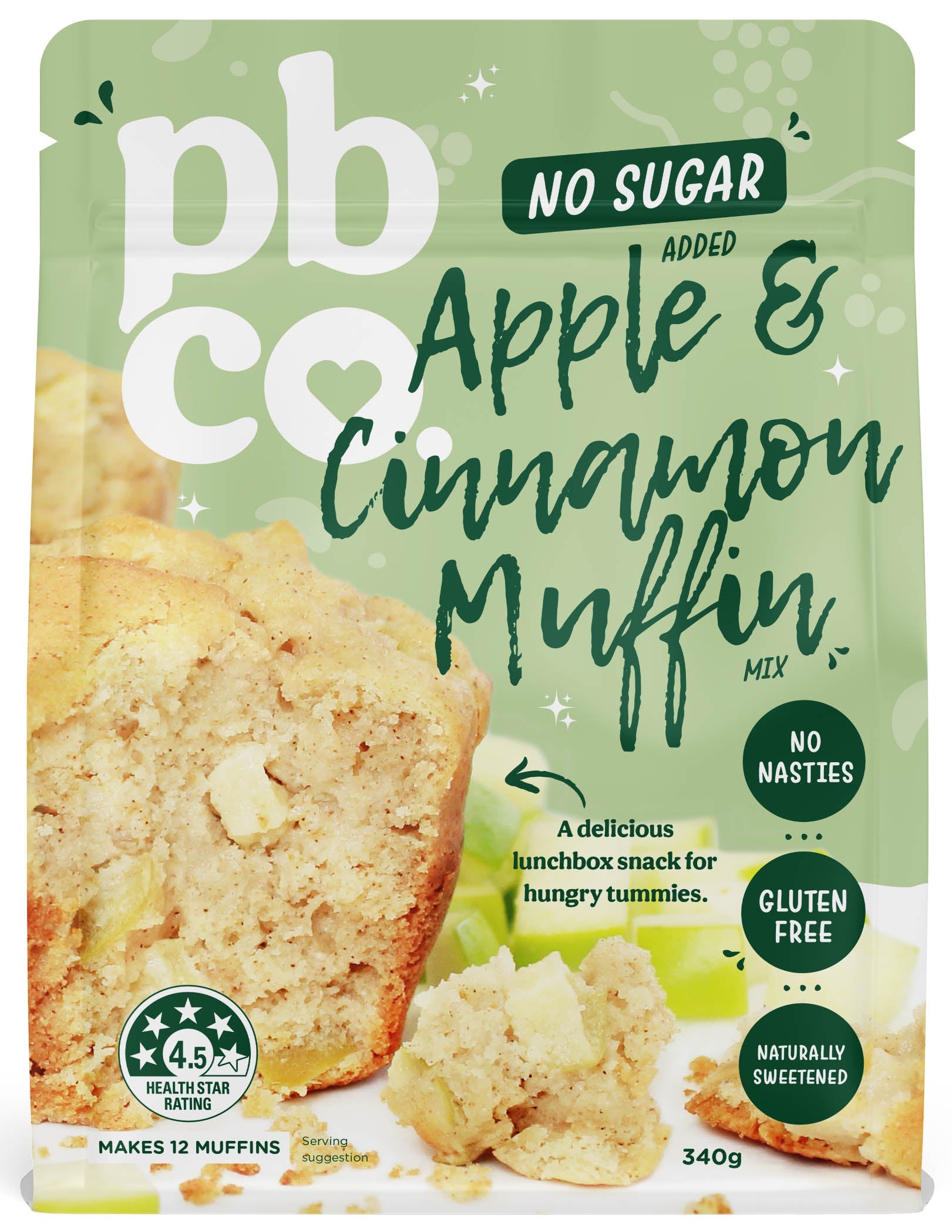
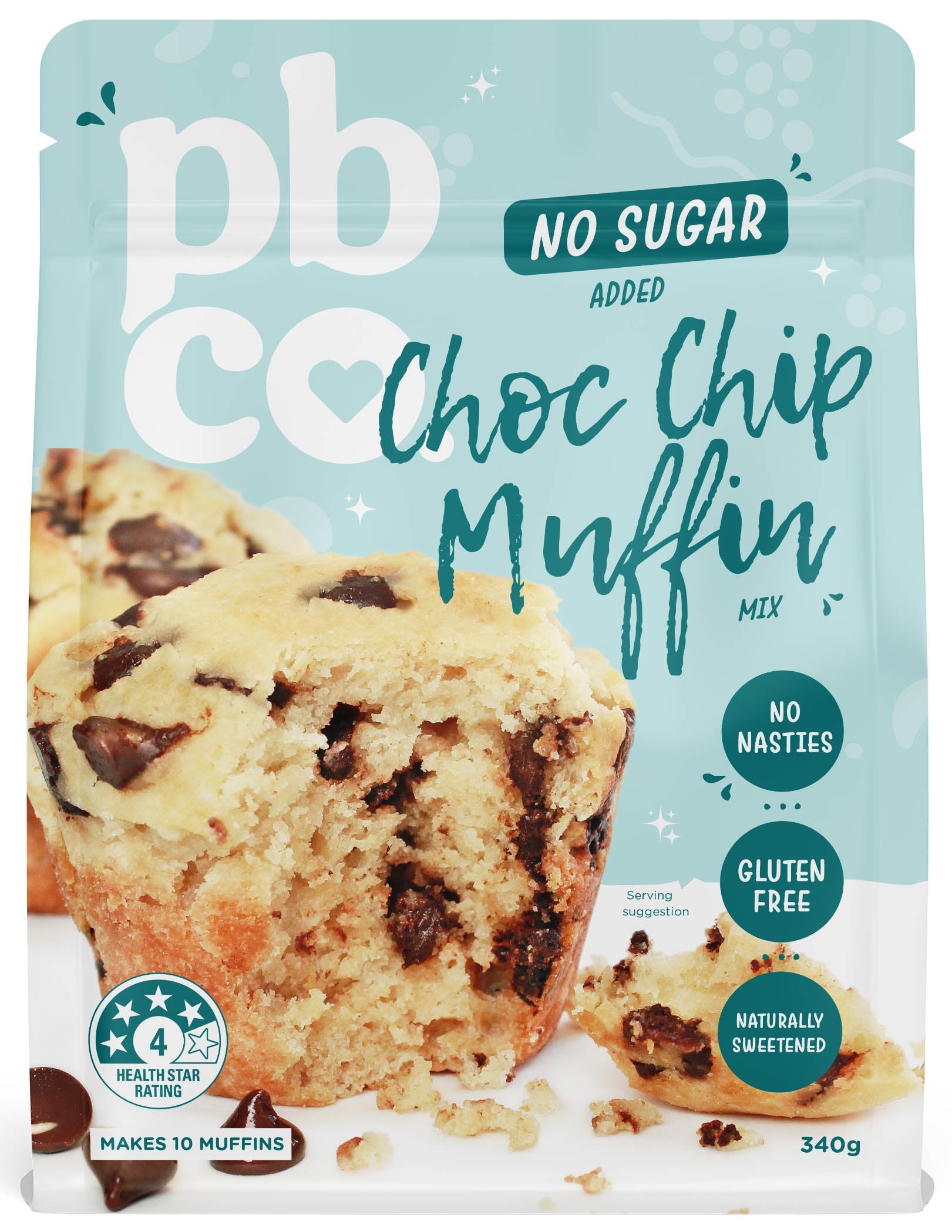
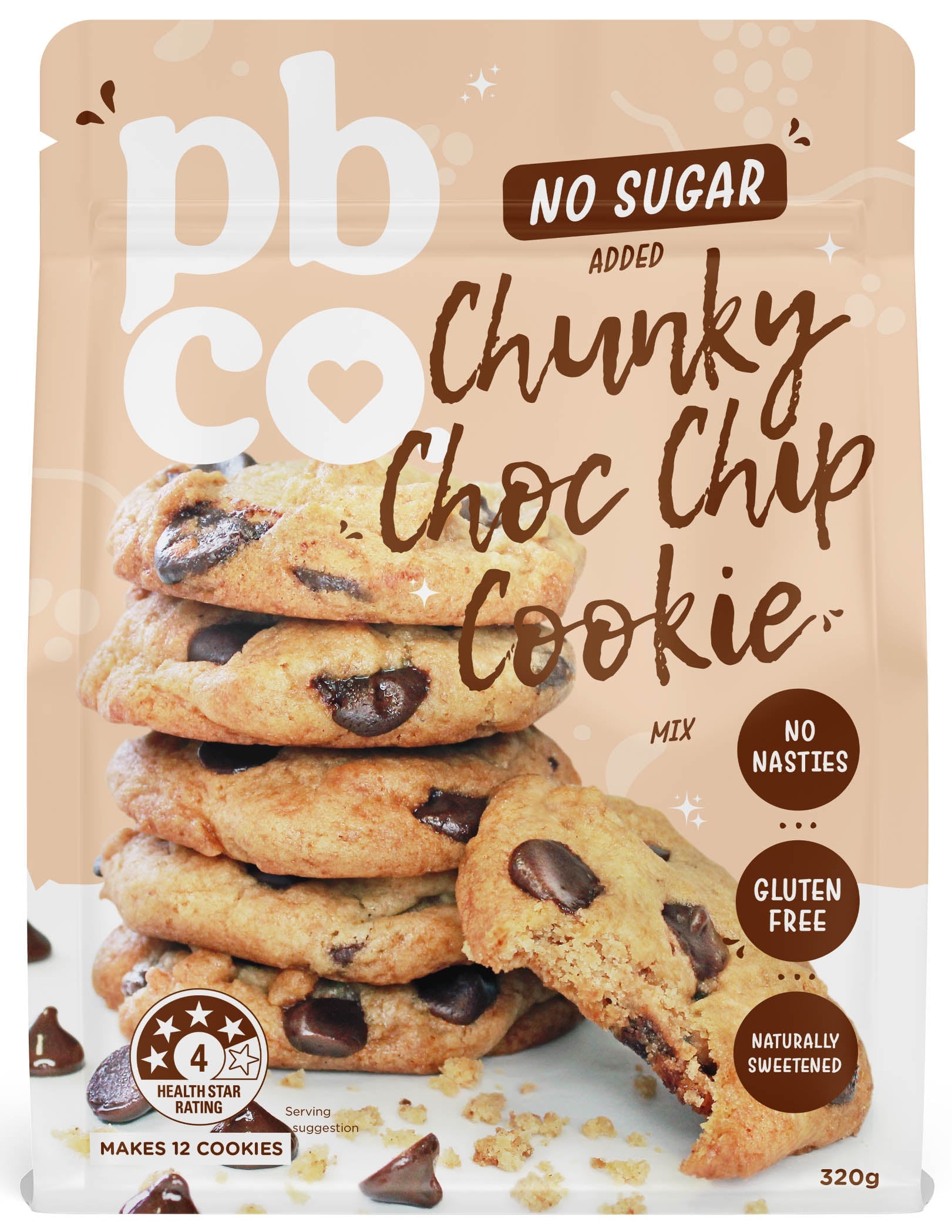
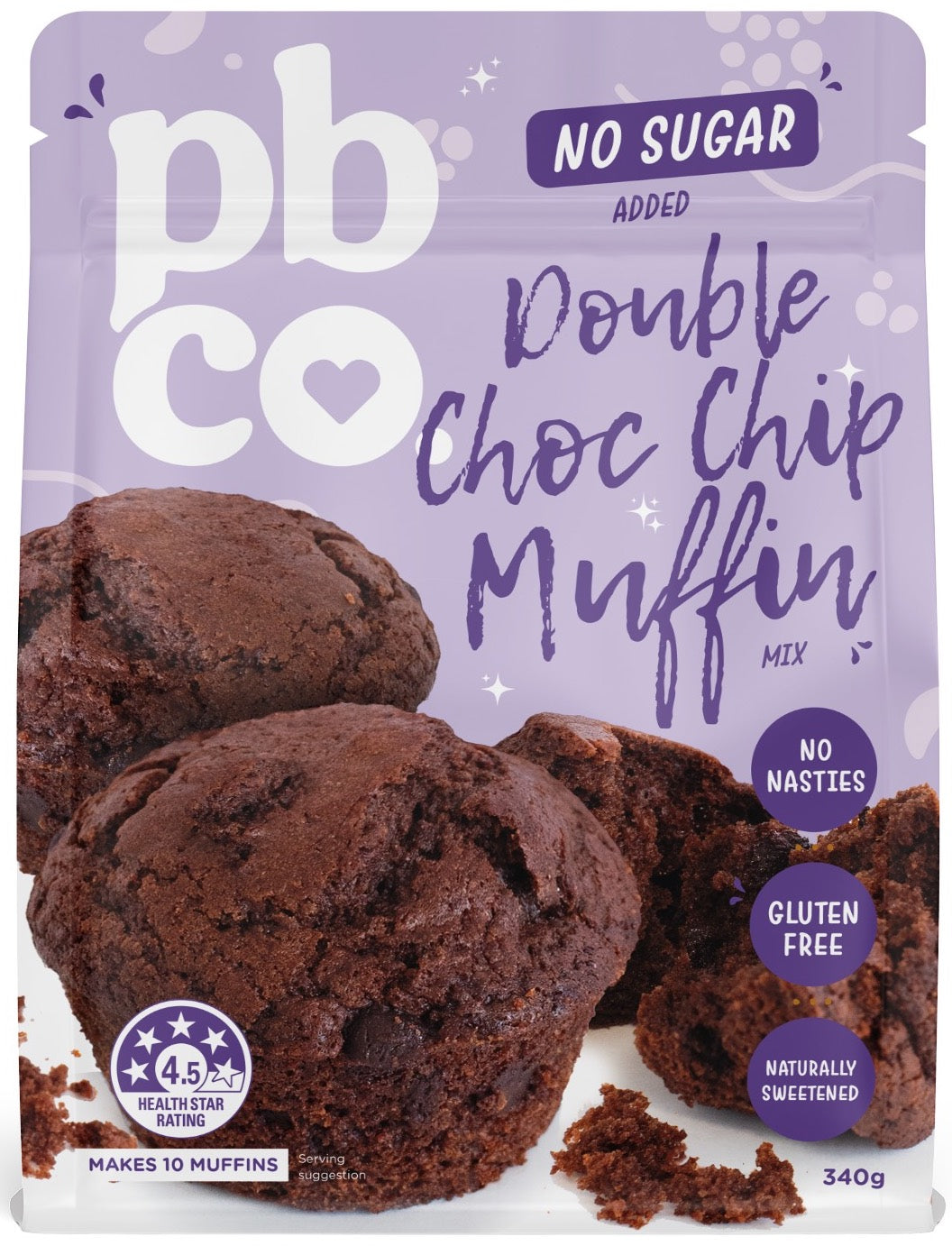
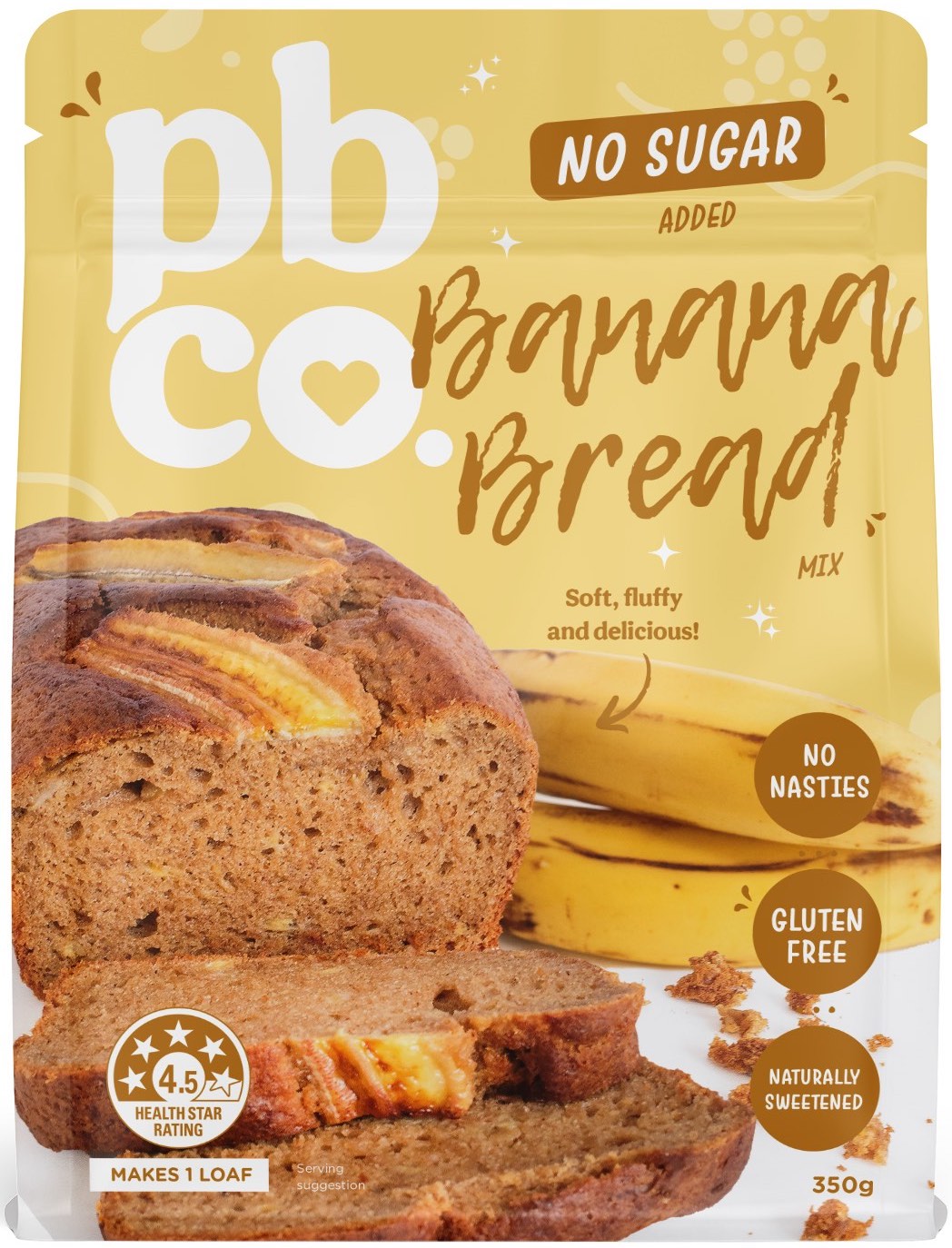
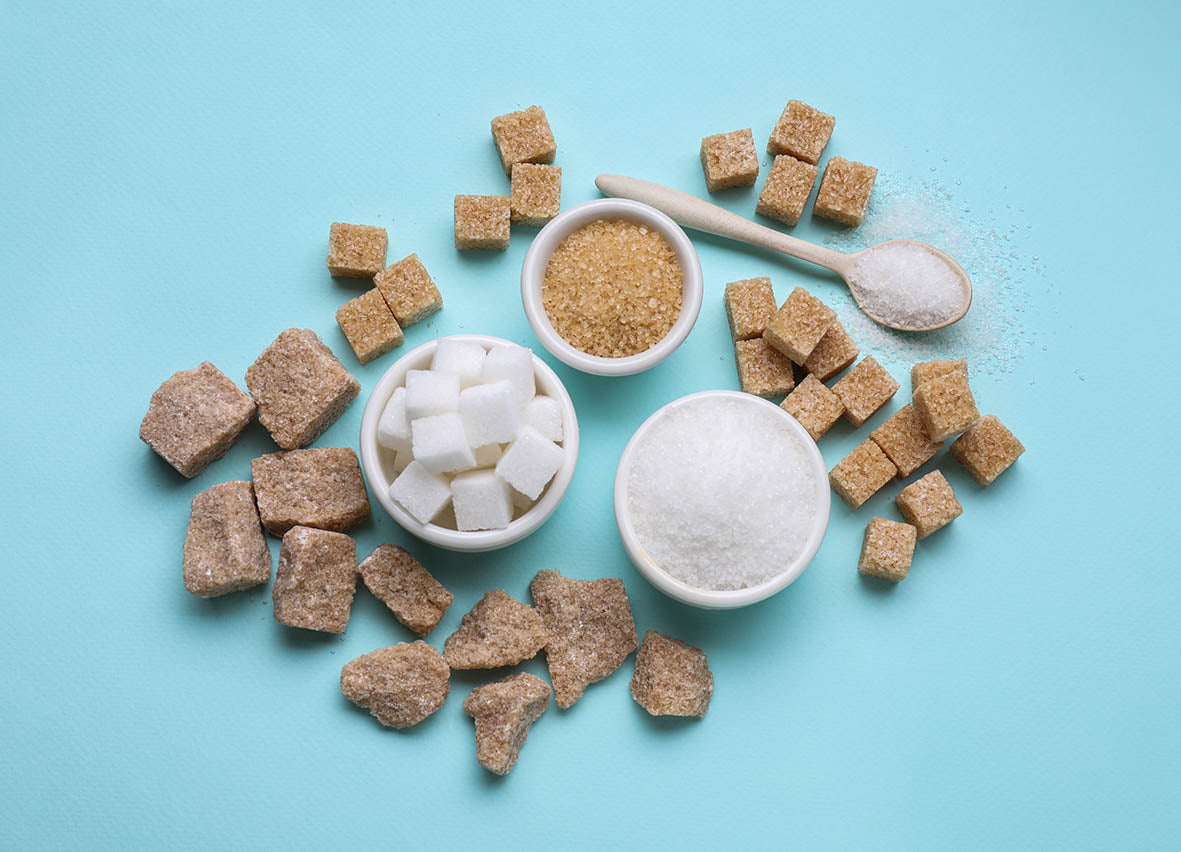
What sugar free alternatives are available?
There are some schools of thought that encourage cutting out refined white sugar and replacing it with things like honey, maple syrup, agave, rice malt syrup, or even dates. While yes, these are more natural options, they still have the same effect in the body and can still raise blood sugar levels in the same way as regular sugar.
Then there are also artificial sweeteners. These are synthetic sweeteners that are created in laboratories from chemicals and other substances. These are things like aspartame, sucralose and saccharin (found in things like Equal, diet soft drinks, and many of the first sugar-free products). While these sweeteners claim to have zero (or very low) calories, there is some ongoing controversy over whether they pose health risks.
These days, we are seeing them being pushed out in favour of more natural sweeteners, which are plant-based in origin and do not have the same effects in the body. Let's take a look at some of our favourite options:
Learn about the various sugar substitutes:
Stevia as a sugar free alternative:
Where does Stevia come from?
Stevia is extracted from the leaves of the ‘Stevia rebaudiana’ plant, which has been used for food and medicinal purposes for hundreds of years in its native Paraguay and Brazil.
What does Stevia taste and look like?
Stevia is 200 times sweeter than sugar so very small amounts are needed to match the sweetness provided by sugar. Stevia is known to have an aftertaste, or a lingering sweetness in the mouth so it is often blended with other sweeteners to balance this out. Stevia is often found in liquid format, or can come in individual packets/sticks, and cubes/tablets.
What is the function of Stevia?
It is a great sugar substitute in baked goods but requires some recipe adaptation as it has a different texture and function. It can be used to replace some or all of the sugar in most recipes, you may just need to use the equivalent amount of something else to make up the volume.
Erythritol as a sugar free alternative:
Where does Erythritol come from?
Erythritol is a sugar alcohol, or polyol, which are water-soluble compounds that occur naturally in many fruits and vegetables. Erythritol has the lowest calorie content at 0.2 calories per gram and is low in carbs. It contains 95% less calories than sugar.
What does Erythritol taste and look like?
Erythritol comes in a granulated form so it looks much like regular sugar, and there are also variants of powdered erythritol available as a replacement for icing sugar. Erythritol is quite popular as it has no aftertaste, but does have a subtle ‘cooling’ or menthol effect in some uses depending on quantity used.
How do you use Erythritol?
We use erythritol in many of our baking mixes and recipes because it works well in baking and is well-tolerated by most people. It can be used instead of sugar in most recipes as well as in your daily coffee or tea!
Monk Fruit as a sugar free alternative:
Where does Monk Fruit come from?
Monk fruit is a small, round fruit native to southern China and has been used for centuries in Chinese medicine. It is packed with antioxidant compounds called mogrosides which are said to be anti-inflammatory.
What does Monk Fruit look and taste like?
Monk fruit is often blended with erythritol (above) to give it a granulated appearance more like regular sugar.
How do I use Monk Fruit?
You will find that many monk fruit sweeteners only have a very minor percentage of the extract in it, whilst the rest is erythritol and so it performs the same in baking as mentioned above.
Xylitol as a sugar free alternative:
Where does Xylitol come from?
Xylitol is a natural substance found in fruits and vegetables. It has a similar sweet taste to sugar but 40% less calories and is low carb, but not zero carb.
What does Xylitol taste and look like?
It is a popular sugar-free alternative as it has no aftertaste and has a granulated appearance which resembles real sugar. It is also known as being beneficial for dental health and is used in many dental products and chewing gums.
How do I use Xylitol?
Xylitol works well in baking and can be used in place of sugar in many recipes. It can however cause digestive upset (gas, bloating, diarrhea) if used in excess. In addition, it is highly toxic to dogs and other pets.

Embrace the sweetness of a sugar free lifestyle
The decision to use sweeteners or not ultimately comes down to individual choice. However, taking proactive steps to reduce sugar intake can lead to significant benefits across various aspects of your life.
It's all about being mindful, making better food choices, favouring real and wholesome ingredients over processed ones, and experimenting with recipes and alternatives that suit your preferences.
If this seems like a daunting task, don't worry, because we're here to assist you with our ready-to-bake mixes that take the hard work out of the equation.
The exciting news is that there is an abundance of natural, healthy, and equally delicious foods that can replace sugar without any harmful effects. More and more companies are embracing the sugar-free movement, offering variations of classic favourites. So, in moderation, you can still indulge in cakes, cookies, soft drinks, ice cream, chocolates, and candies, all without the negative impacts of sugar.
Yep – we really can have our cake and eat it too! ☺
Ready to embrace the sweetness of sugar free living?
Take charge of your health and experience the wonders of a sugar-free lifestyle! It's time to bid farewell to sugar-induced rollercoasters and embrace a world of delicious, guilt-free treats.
Whether you're new to the journey or already making progress, we're here to support you every step of the way. Explore our wide range of convenient, ready-to-bake mixes that make going sugar-free a breeze.
Don't miss out on the taste you love – join us on this exciting adventure to a healthier, happier you!
Sweetly Free Sugar Free Baking Mixes


